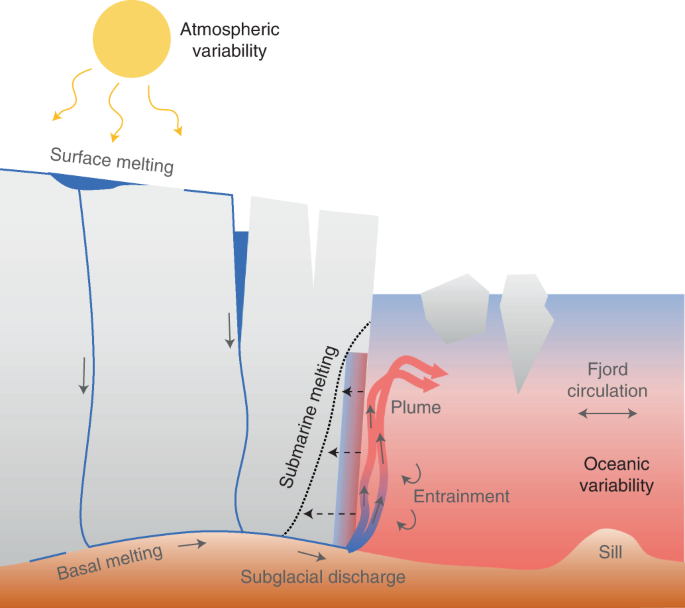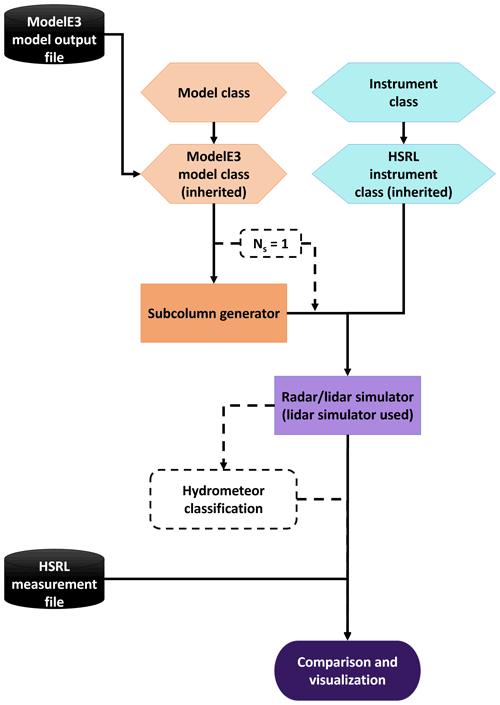2022-10-12 アメリカ・ローレンスリバモア国立研究所(LLNL)
ローレンス・リバモア国立研究所(LLNL)の科学者は、より反応性の高い金属が触媒サイクルを開始できるという原理に基づいて、銅と初期の遷移金属の合金を希釈し、選択的水素化触媒として使用することにより、貴金属の使用を緩和している。この研究成果は、米国化学会誌『Journal of American Chemical Society』に掲載された。
研究チームは、少量のチタン(Ti)をドープしたナノポーラス銅(Cu)触媒が、ドープしていないナノポーラスCu触媒に比べて、水素解離交換速度を約1桁(5~7倍)増加させることを発見した。
<関連情報>
- https://www.llnl.gov/news/breaking-easy-do-copper-titanium-catalysts
- https://pubs.acs.org/doi/10.1021/jacs.2c00830
希薄なナノポーラスTi-Cu触媒を用いた水素解離の促進 Facilitating Hydrogen Dissociation over Dilute Nanoporous Ti–Cu Catalysts
Jennifer D. Lee, Zhen Qi, Alexandre C. Foucher, Hio Tong Ngan, Kevin Dennis, Jun Cui, Ilia I. Sadykov, Ethan J. Crumlin, Philippe Sautet, Eric A. Stach, Cynthia M. Friend, Robert J. Madix, and Juergen Biener
Journal of American Chemical Society Published:September 2, 2022
DOI:https://doi.org/10.1021/jacs.2c00830

Abstract
The dissociation of H2 is an essential elementary step in many industrial chemical transformations, typically requiring precious metals. Here, we report a hierarchical nanoporous Cu catalyst doped with small amounts of Ti (npTiCu) that increases the rate of H2–D2 exchange by approximately one order of magnitude compared to the undoped nanoporous Cu (npCu) catalyst. The promotional effect of Ti was measured via steady-state H2–D2 exchange reaction experiments under atmospheric pressure flow conditions in the temperature range of 300–573 K. Pretreatment with flowing H2 is required for stable catalytic performance, and two temperatures, 523 and 673 K, were investigated. The experimentally determined H2–D2 exchange rate is 5–7 times greater for npTiCu vs the undoped Cu material under optimized pretreatment and reaction temperatures. The H2 pretreatment leads to full reduction of Cu oxide and partial reduction of surface Ti oxide species present in the as-prepared catalyst as demonstrated using in situ ambient pressure X-ray photoelectron spectroscopy and X-ray absorption spectroscopy. The apparent activation energies and pre-exponential factors measured for H2–D2 exchange are substantially different for Ti-doped vs undoped npCu catalysts. Density functional theory calculations suggest that isolated, metallic Ti atoms on the surface of the Cu host can act as the active surface sites for hydrogen recombination. The increase in the rate of exchange above that of pure Cu is caused primarily by a shift in the rate-determining step from dissociative adsorption on Cu to H/D atom recombination on Ti-doped Cu, with the corresponding decrease in activation entropy that it produces.



